Understanding Left-Turning Tendencies in Airplanes
Northstar VFR
MARCH 16, 2025
By Josh Page, CFI Ever heard your flight instructor say, More right rudder? Left-turning tendencies are primarily caused by four aerodynamic effects:torque, spiraling slipstream, gyroscopic precession, and P-factor (asymmetric thrust).Each Torque is most noticeable when power is applied suddenly for example, during takeoff.

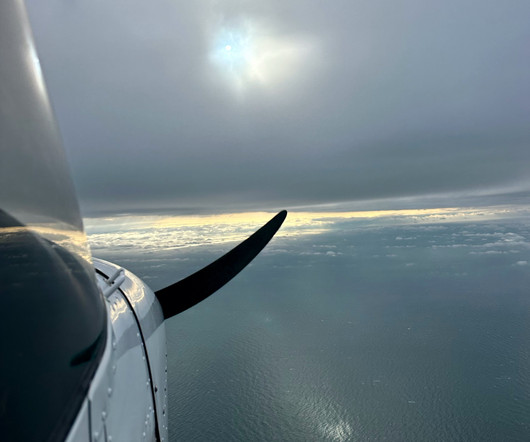
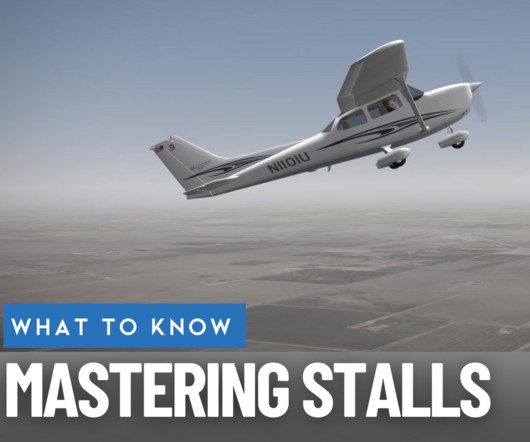
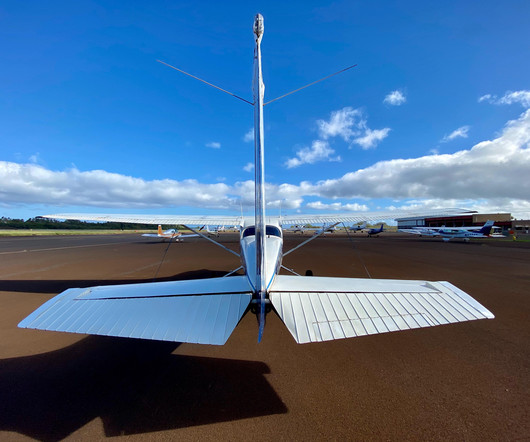
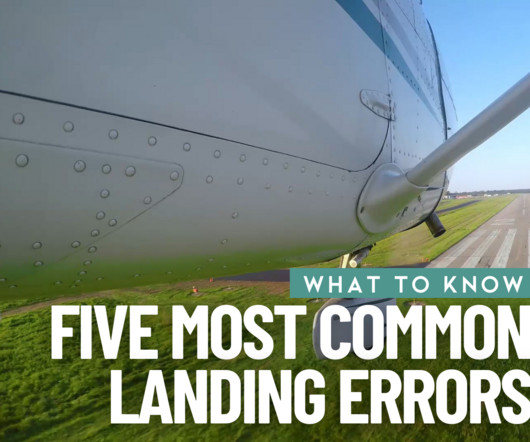

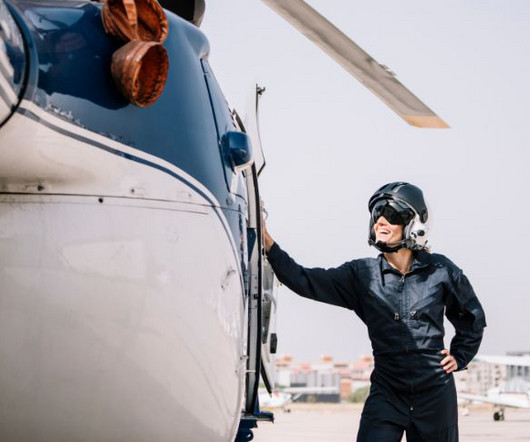








Let's personalize your content